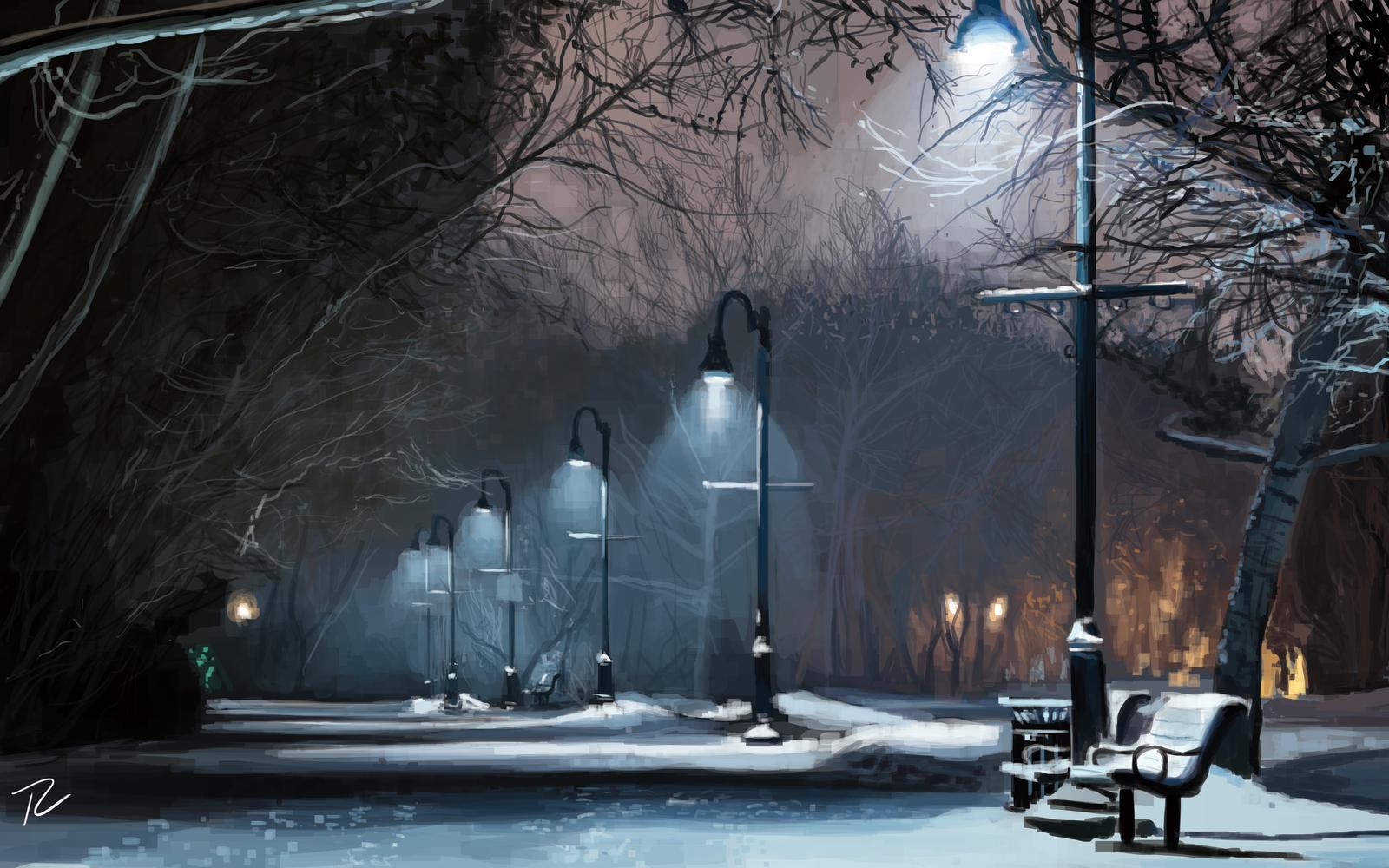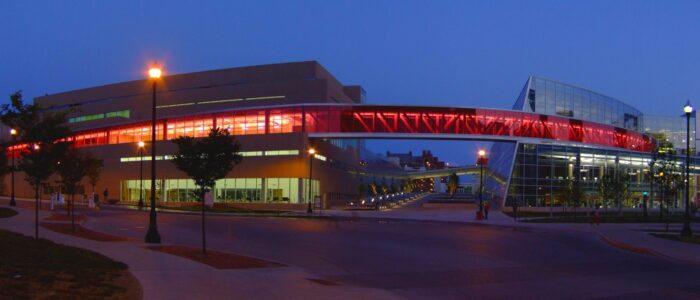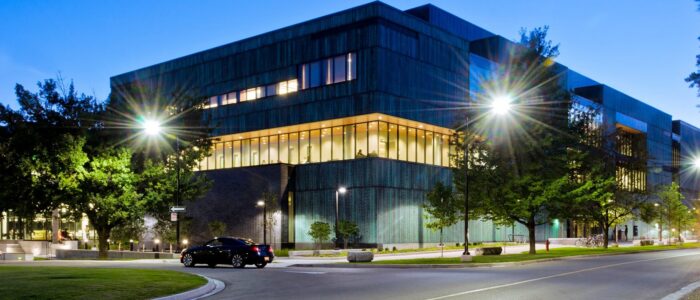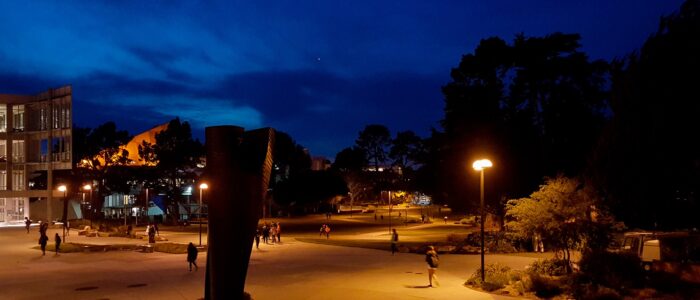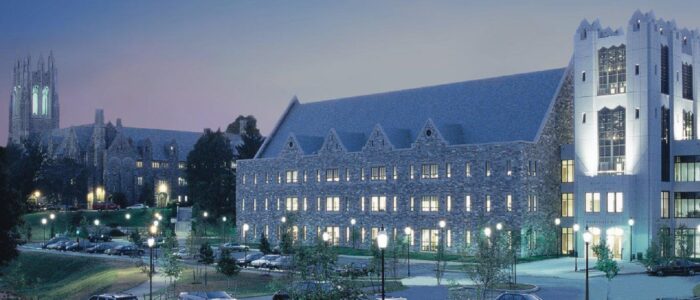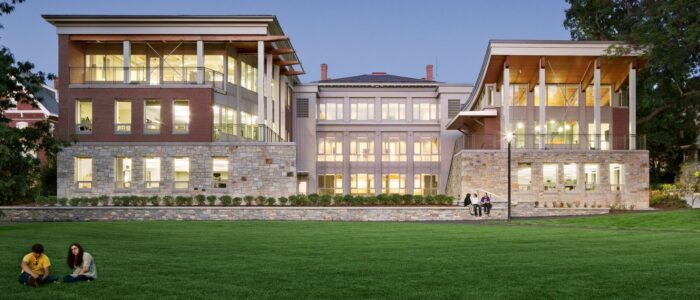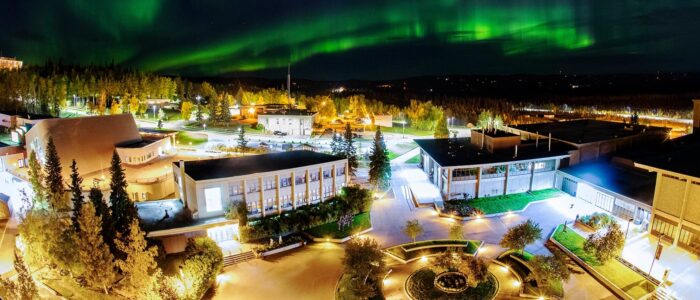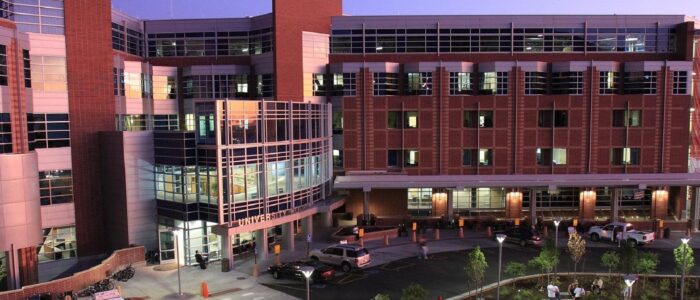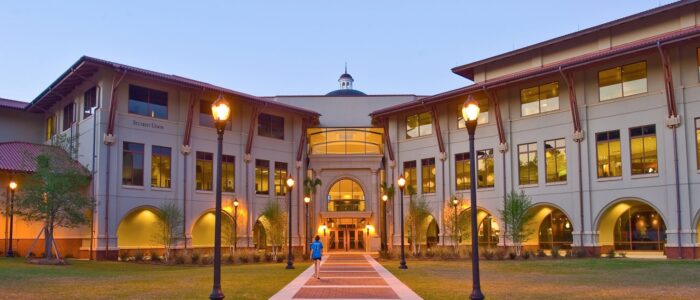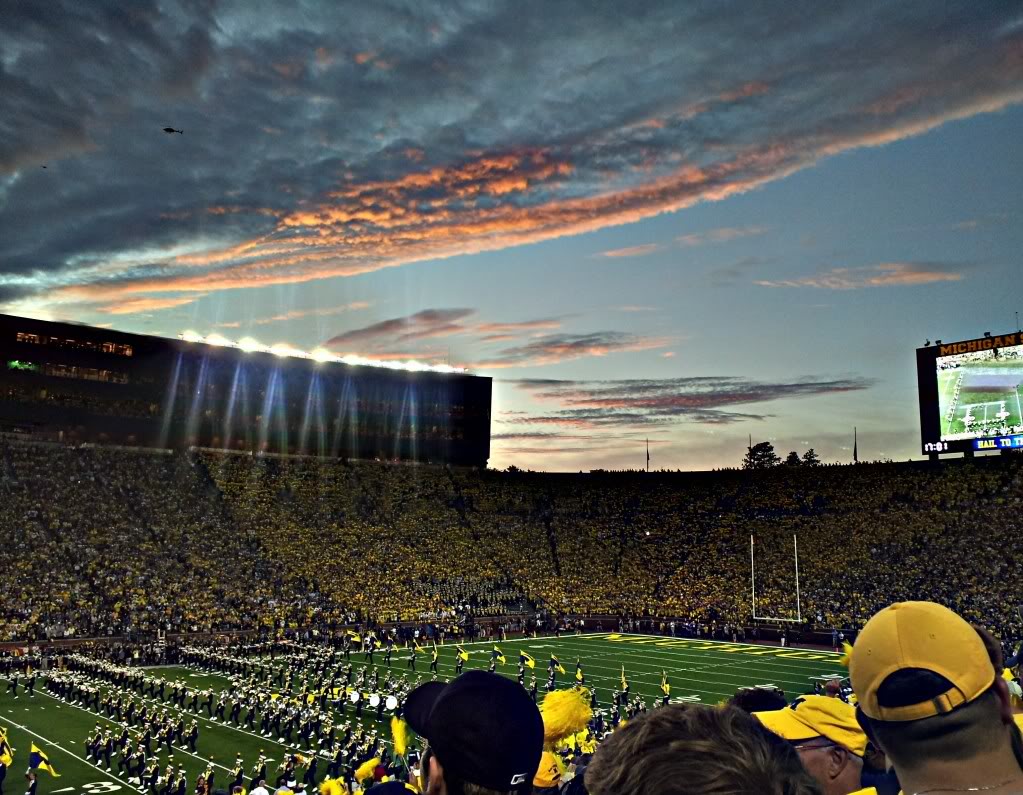The Illumination Engineering Society (IES) is one of the first names in membership associations whose consensus products set the standard of care for most dimensions of illumination technology. IES consensus products are heavily referenced in design guidelines and construction contract projects for the US education facility industry; the largest non-residential building construction market in the United States. IES membership has a significant manufacturer (i.e. Producer) representation and the quality and speed of its standardization activity reflects the success of that business model.*
We track developments in technical committees assembled and administered by IES that coordinate their standards setting activity with related consensus products developed by
Institute of Electrical and Electronic Engineers (IEEE); whose interest lies in the broad sweep of invention and application of electrotechnology
National Electrical Manufacturers Association; whose interest lies in a level playing field for its member manufacturers),
ASHRAE (American Society of Heating and Refrigeration Engineers); whose interest lies in energy conservation
National Fire Protection Assocition; whose interest lies in fire safety of the power supply wiring.
Internationally, there are a number of other trade associations that are participants in research and open source standards for faster moving parts of the illumination science; not the least of which is the International Electrotechnical Commission and the Vienna-based International Commission on Illumination. We cover their products on other posts.
IEEE standards-setting is identified by the American National Standards Institute as a User-Interest and aligns most closely with Standards Michigan raison d’être.
Today we find IES RP-31 Recommended Practice: Economic Analysis of Lighting among several IES consensus products released for public comment:
IES Standards in Public Review
It is only one of several recently released and, because illumination technology is such a large topic — about 1/3rd of the energy consumption of many education facilities is owed to lighting systems — it is our custom to deal with selected IES products in them in separate posts. From the IES RP-31 prospectus:
This Recommended Practice will help answer many types of lighting economic questions. It provides a framework for selecting from a group of competing lighting designs. It gives insight into the question of when a system under consideration will “pay off.” It can help the lighting professional make energy conservation decisions. Most importantly, it provides methods for gauging the profitability of a capital investment in a lighting system, which can be objectively compared to other competing capital investments. This RP begins with a discussion of the second-level methods, concentrating on LCCBA. This is followed by sections on sensitivity analysis and benefit analysis. Finally, because the lighting practitioner is likely to encounter the first-level methods in practice, these are also covered. In discussing the first-level methods, emphasis is placed on their shortcomings so that the lighting professional can understand why their use is not encouraged.
Comments are due April 20th.
The IES Lighting Handbook, 10th Edition and latest versions of other IES Recommended Practices should be consulted for guidance on lighting for other related spaces such as administration and sports, and strategies for daylighting, commissioning, and maintenance practices.
We encourage our colleagues to directly participate in the IES standards development process (CLICK HERE to get started). We keep relevant parts of IES consensus product suite on the standing agenda of our twice monthly Power & ICT teleconferences; coordinated with the IEEE Education & Healthcare Facilities Committee. See our CALENDAR for the next online meeting.
Issue: [13-80]
Category: Architectural, Electrical, Energy
Colleagues: Mike Anthony, Scott Gibbs, Jim Harvey, Jose Meijer, Steve Townsend
*Always a sensitive topic in technology governance, we expand upon this assertion in our ABOUT. In short, it is far better to have developed a cadre of passionate experts writing codes, standards and regulations, than remote and less passionate legislators and their staff.
LEARN MORE:
Effective energy-saving on the campus classroom lighting by scheduling management



